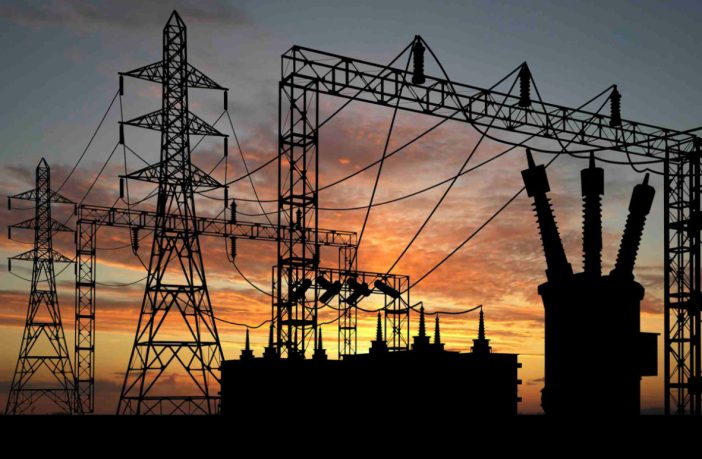- The Chinese stated owned SINOHYDRO-SEPCO1 consortium is set to build a new electrical substation in Mozambique which is part of a 142km transmission line linking Mozambique to Zóbuè in Malawi.
- The new Matambo substation, in Tete province will have a capacity of 400kV including the current 220KV substation, according to state electricity company Electricidade de Moçambique (EDM).
EDM also recently awarded the construction of the interconnection power line with neighbouring Malawi to India’s “Larsen & Toubro” (L&T) which will execute the part of the work that falls within Mozambican territory. The work, which will start from the Matambo electricity substation in the central province of Tete, will consist of the construction of a 142 kilometre 400 kV transmission line, up to Zobue on the border with Malawi. Read more
The combined US$35 million project is scheduled to be commissioned by the end of 2022 with power supply to delivered to Malawi during 2023.
The energy is to be supplied from the Cahora Bassa Hydroelectric Power Plant.
Ultimately the connection will bring Malawi into the Southern African Power Pool via the Motraco line, which interconnects Mozambique, Eswatini (formerly known as Swaziland) and South Africa.
Author: Bryan Groenendaal















